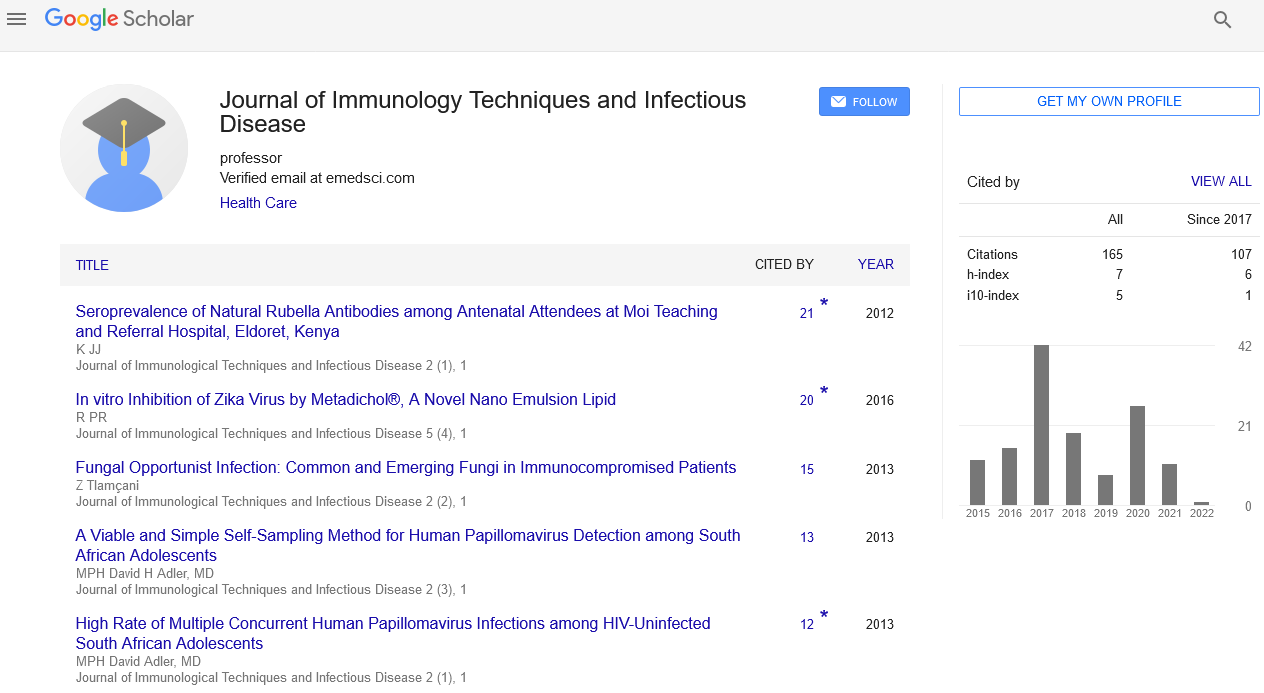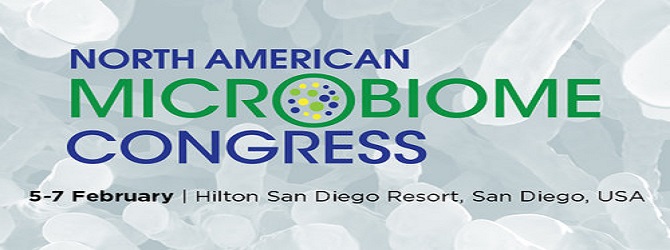Evaluation of the Lumipulse G TP-N Assay in an All-Comers Population at Oklahoma State Department of Health
Daniel M Edwards, Brittany S Porter, Jessica T Verel, Laura J Jones, Ryan Gailey, CJ Traynham Zivjena Vucetic
Oklahoma State Department of Health (DOH), Oklahoma City
Fujirebio US Inc., Malvern
Fujirebio Diagnostics, Inc., Malvern
: J Immunol Tech Infect Dis
Abstract
There are currently two approaches to the serological diagnosis of syphilis: the traditional and reverse sequence algorithms. In the present study, the Oklahoma State Department of Health (DOH) used an all-comers population (n=1000) to compare their current syphilis testing scheme using RPR (traditional algorithm) with the reverse sequence algorithm using the Lumipulse G TP-N assay. The labor efficiencies of the Lumipulse G TP-N assay were also compared to RPR. The traditional algorithm used RPR for the initial test, with positive results confirmed using SERODIA® TP·PA. The reverse sequence algorithm used Lumipulse G TP-N for the initial test, with positive results confirmed using RPR. If discordant results were observed, the specimens were tested with a second confirmatory treponemal test (SERODIA TP·PA). In addition, total hands-on time, defined as the amount of physical labor time performed by a technician and required to run each assay was recorded via a digital timing device. The positive and negative percent agreements (PPA, NPA) of the traditional algorithm to the reverse algorithm were 97.5% and 99.1%, respectively. Subanalysis comparing RPR and Lumipulse demonstrated PPA and NPA of 86.7% and 99.0%. Further, additional analysis of RPR to SERODIA TP·PA yielded a PPA of 81.6% and a NPA of 16.0%. Finally, a comparison of Lumipulse to SERODIA TP·PA yielded a PPA of 98.0% and a NPA of 83.3%. The workflow efficiencies of the Lumipulse G TP-N assay and RPR were evaluated. The Lumipulse assay required 22 minutes of hands-on time vs. 65 minutes of hands-on time for RPR when processing 100 samples. The present study revealed that 1) the two syphilis testing algorithms (i.e. traditional, reverse) provide comparable results when testing an all-comers patient population from the Oklahoma DOH, and 2) the Lumipulse G TP-N assay improved syphilis testing workflow efficiency.
Biography
Christopher Traynham, Ph.D. is the US Scientific Affairs Manager at Fujirebio Diagnostics Inc. (FDI) located in Malvern, PA. Dr. Traynham obtained his Ph.D. from the Integrated Biomedical Sciences Graduate Program at The Ohio State University in 2011. He continued his training as a Cardiovascular Physiology Postdoctoral fellow at Temple University in the Center for Translational Medicine from 2011-2016; after which time, he transitioned into his current role at FDI. Fujirebio is a global leader in the in vitro diagnostic field. As a Scientific Affairs Manager, Dr. Traynham serves as a liaison between Fujirebio and its various academic and industry partners. He also assists in study design and execution for evaluations devised to support Fujirebio assays. In the present study, Dr. Traynham helped analyze data and prepare the abstract/poster (see above).
 Spanish
Spanish  Chinese
Chinese  Russian
Russian  German
German  French
French  Japanese
Japanese  Portuguese
Portuguese  Hindi
Hindi 
